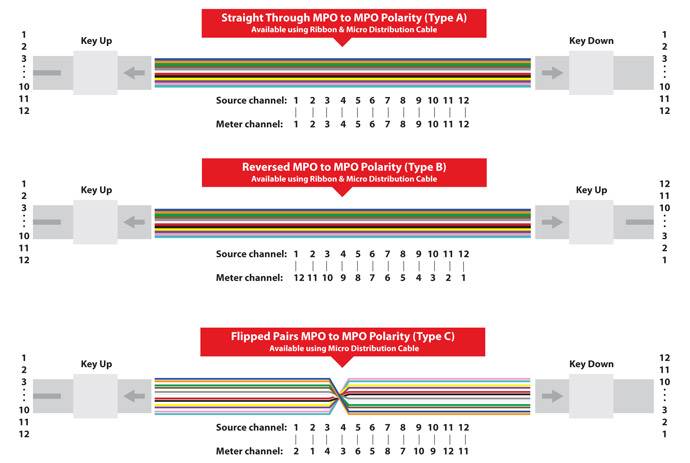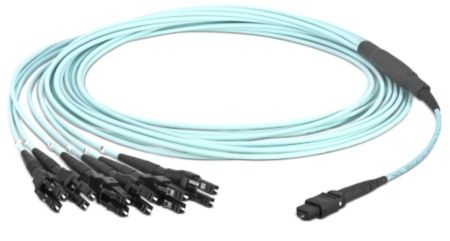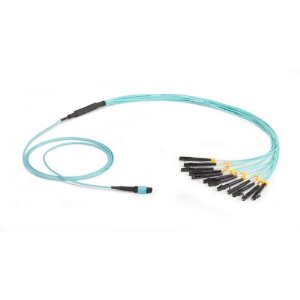As we know, in order to ensure the right MTP/MPO polarity, transmit signal (Tx) at one end of the cable must match the corresponding receiver (Rx) at the other end of the cable. In some complex cabling deployment, it seems not much simple. Now this article may give you some golden rules to help you ensure the right MTP/MPO polarity of Patch Cables.
You’d Better Use the Same Type Patch Cable
When fiber optic patch cables have different polarity (for example, MTP or MPO polarity), we must to be very careful when replacing patch cables in our network. If you don’t understand polarity and use the wrong polarity patch cables, it may influence the transmission the damage your device. To decrease this risk, we recommend that you’d better use the same patch cables in your network.
Type A/B LC Duplex and Type B Female-to-Female MPO Patch Cables Are Common
Two types of duplex fiber patch cord are defined in the TIA standard: A-to-A (cross-over) type and A-to-B (straight-through) type. Note: A-to-A patch cords are not commonly deployed and should be used only when necessary as part of a polarity method (See ANSI/TIA-568-C.0).

The three methods for proper polarity defined by TIA 568 standard are named as Method A, Method B and Method C. To match these standards, three type of MPO trunk cables with different structures named Type A, Type B and Type C are being used for the three different connectivity methods respectively. As shown in the figure below, type A MPO cables just like the A-to-A duplex cables, Tx can’t match the Rx. Type C MPO cables use a pair flip design, which aren’t suitable for 40GBASE-SR4 and 100GBASE-SR4 standard. Therefore, we should use Type B MPO cables for connection.

For MTP/MPO cables, gender is a big problem. MTP/MPO interfaces on optical transceivers are always male (pinned). To avoid damage to the optical module, MTP/MPO polarity must always be female-to-female (unpinned). Besides, there is a rule must be obeyed if we want to connect an MPO patch cable to another cable. That is a male patch cable must be connected to a female patch cable. Never connect a male to a male one or a female to a female one.

Three Connection Methods Help Keep the Right MTP/MPO Polarity
1. Type A connection
One end of Type A MPO/MTP patch cord is A-B normal patch cord, the other end A-A. Between MPO/MTP patch cord and normal patch cord is Type A MPO/MTP cassette and Type A MPO/MTP adapter (The two keys of type A adapter is opposite levels)

2. Type B connection
Both ends of Type B MPO/MTP patch cord are A-B normal patch cord. Between MPO/MTP patch cord and normal patch cord is Type B MPO/MTP cassette and Type B MPO/MTP adapter (The two keys of type B adapter is same level)

3. Type C connection
Both ends of Type C MPO/MTP patch cord are A-B normal patch cord. Between MPO/MTP patch cord and normal patch cord is Type A MPO/MTP cassette and Type A MPO/MTP adapter (The two keys of type A adapter is opposite levels)

All kinds of duplex patch cables and MPO patch cables are available and in stock for same-day shipping in FS.COM. For more information, you can contact us at sales@fs.com.
Related Article:



